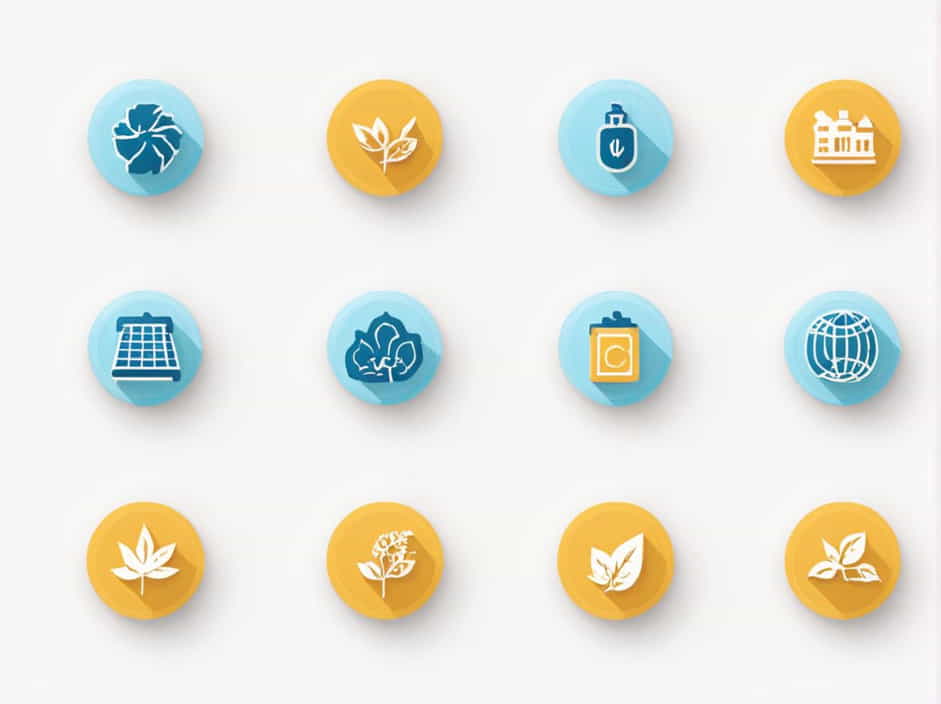Natural resources are essential for human survival and economic development. These resources are broadly categorized into renewable resources and nonrenewable resources based on their availability and regeneration rate.
- Renewable resources can be naturally replenished over time, such as solar energy, wind, and water.
- Nonrenewable resources are finite and take millions of years to form, including fossil fuels, minerals, and metals.
Understanding these resources is crucial for sustainable management and environmental conservation.
1. What Are Renewable Resources?
Renewable resources are those that regenerate naturally within a short period, making them sustainable for long-term use. They help reduce dependence on fossil fuels and minimize environmental damage.
1.1. Examples of Renewable Resources
1.1.1. Solar Energy
- The sun provides unlimited energy, making solar power one of the most reliable renewable resources.
- Solar panels convert sunlight into electricity, reducing dependence on fossil fuels.
1.1.2. Wind Energy
- Wind turbines generate electricity by harnessing wind power.
- It is a clean energy source with zero emissions.
1.1.3. Hydropower (Water Energy)
- Moving water, such as rivers and waterfalls, can generate electricity.
- Dams and hydroelectric power plants convert water movement into usable energy.
1.1.4. Biomass Energy
- Derived from organic materials like wood, agricultural waste, and animal manure.
- It can be used for heating, cooking, and generating electricity.
1.1.5. Geothermal Energy
- Comes from the heat stored beneath the Earth’s surface.
- Used for electricity generation and heating.
1.1.6. Tidal and Wave Energy
- The ocean’s movement can be converted into electricity using specialized turbines.
- A reliable source of energy for coastal regions.
1.2. Advantages of Renewable Resources
✔ Sustainable – Can be replenished naturally.
✔ Eco-friendly – Produces little to no pollution.
✔ Reduces dependency on fossil fuels – Helps fight climate change.
1.3. Challenges of Renewable Resources
✘ High initial costs – Installing solar panels or wind turbines requires investment.
✘ Intermittent supply – Sunlight and wind are not always available.
✘ Land and space requirements – Large-scale projects need significant space.
2. What Are Nonrenewable Resources?
Nonrenewable resources are those that do not regenerate quickly or take millions of years to form. Once used up, they cannot be replaced within a human lifetime.
2.1. Examples of Nonrenewable Resources
2.1.1. Fossil Fuels
Fossil fuels are the primary source of energy worldwide, but they are highly polluting.
- Coal – Used for electricity generation but emits high levels of carbon dioxide.
- Oil (Petroleum) – Used in transportation and manufacturing industries.
- Natural Gas – A cleaner fossil fuel, often used for heating and electricity.
2.1.2. Nuclear Energy (Uranium)
- Nuclear power plants use uranium to produce energy through fission reactions.
- While it is a low-emission energy source, uranium is limited and generates radioactive waste.
2.1.3. Metals and Minerals
- Includes iron, copper, aluminum, gold, and rare earth elements.
- Essential for electronics, construction, and manufacturing industries.
- Mining depletes these resources and causes environmental damage.
2.2. Advantages of Nonrenewable Resources
✔ High energy output – Fossil fuels provide a consistent and powerful energy supply.
✔ Established infrastructure – Most industries and economies depend on them.
✔ Cost-effective in short term – Readily available and easier to extract.
2.3. Challenges of Nonrenewable Resources
✘ Finite supply – Will eventually run out.
✘ Pollution and greenhouse gases – Contribute to climate change.
✘ Mining and drilling damage – Harm ecosystems and biodiversity.
3. Renewable vs. Nonrenewable Resources: A Comparison
| Feature | Renewable Resources | Nonrenewable Resources |
|---|---|---|
| Availability | Unlimited supply | Limited, will deplete |
| Environmental Impact | Low pollution | High pollution, contributes to global warming |
| Replenishment Time | Rapidly replenished | Takes millions of years |
| Sustainability | Sustainable | Unsustainable |
| Examples | Solar, wind, water | Coal, oil, gas, uranium |
4. The Importance of Sustainable Resource Management
With the world’s population growing and energy demand increasing, responsible resource management is crucial.
4.1. Transition to Renewable Energy
- Governments and industries are investing in solar, wind, and hydropower.
- Electric vehicles (EVs) and battery storage technologies are reducing reliance on fossil fuels.
4.2. Energy Conservation
- Reducing electricity waste, using energy-efficient appliances, and adopting green building practices help conserve resources.
4.3. Recycling and Reuse
- Metals, glass, and plastics should be recycled to reduce mining and waste production.
- Promoting a circular economy ensures that materials are reused instead of discarded.
4.4. Sustainable Mining and Resource Extraction
- Using eco-friendly mining techniques minimizes environmental impact.
- Governments enforce regulations to limit resource exploitation.
5. Future of Renewable and Nonrenewable Resources
5.1. Advancements in Green Technology
- Research is focused on improving solar panels, wind turbines, and battery efficiency.
- Hydrogen energy is emerging as a cleaner alternative to fossil fuels.
5.2. Phasing Out Fossil Fuels
- Many countries are implementing policies to reduce carbon emissions.
- The shift toward electric cars and renewable-powered industries is accelerating.
5.3. Global Climate Initiatives
- Agreements like the Paris Climate Accord aim to limit global warming.
- Governments and businesses are working toward net-zero emissions by mid-century.
Understanding renewable and nonrenewable resources is essential for building a sustainable future. While fossil fuels and minerals are still dominant, the world is moving toward clean energy solutions to combat climate change.
By adopting renewable energy, recycling materials, and reducing waste, individuals and industries can help preserve natural resources for future generations. The transition to sustainable energy is not just a choice—it is a necessity for a healthier planet!
